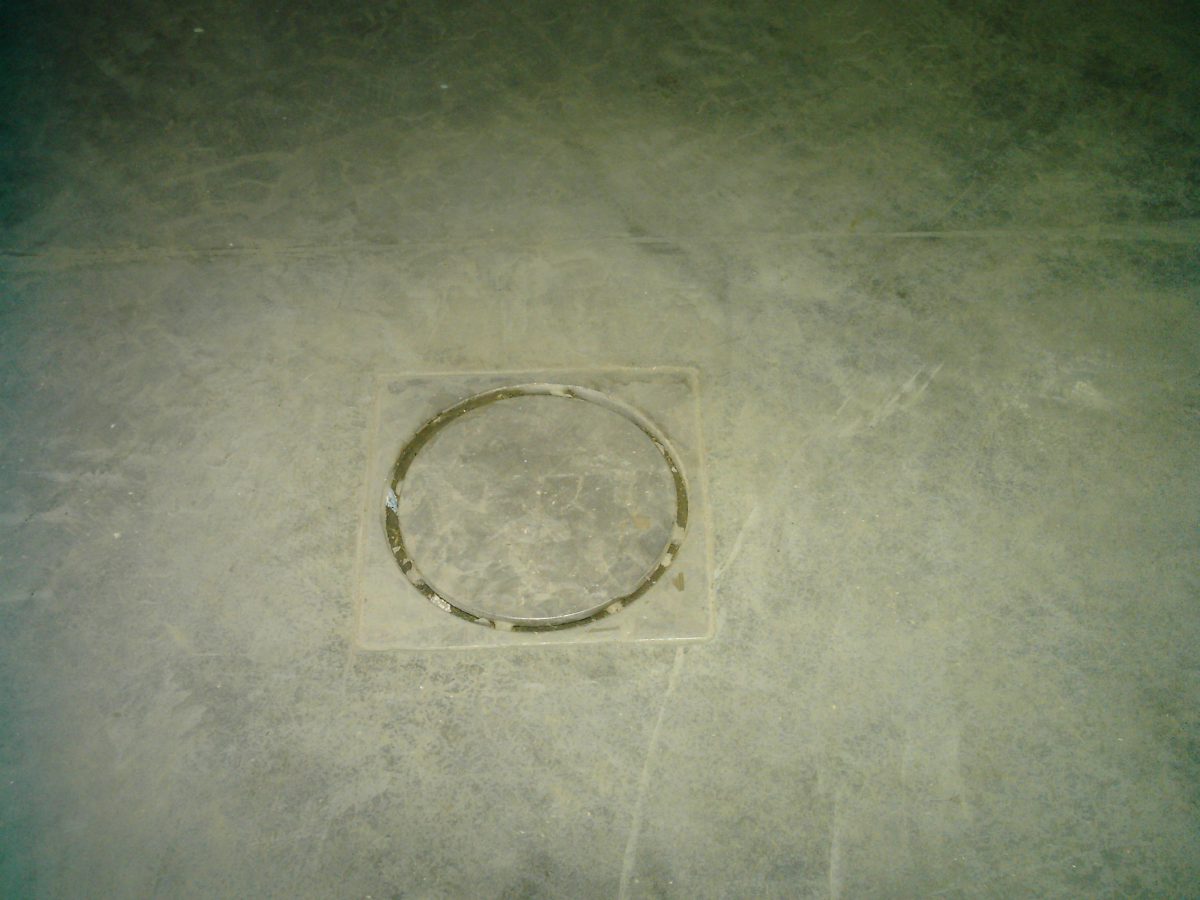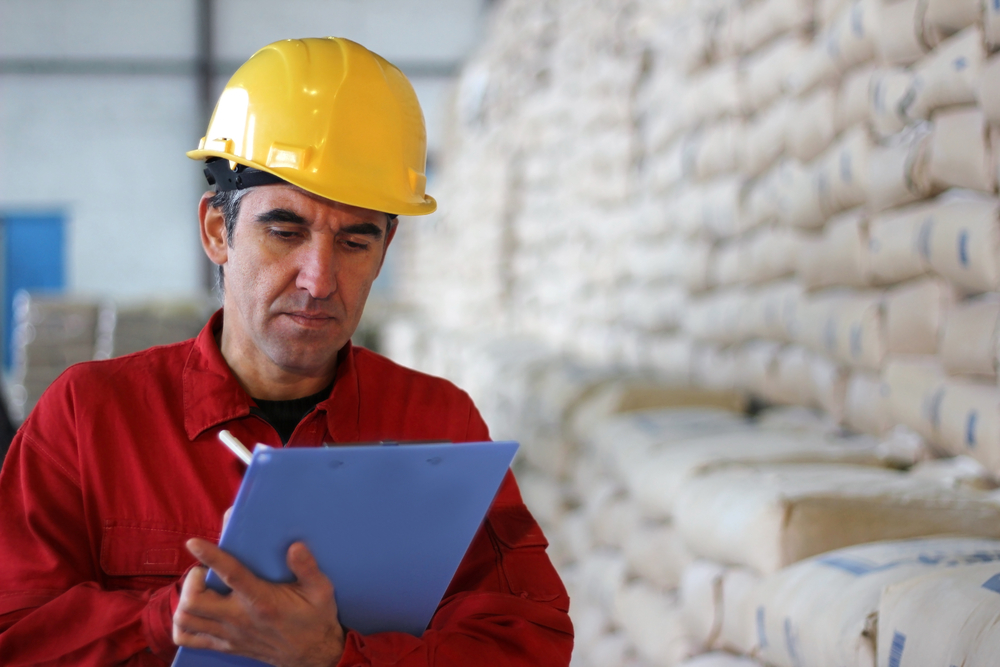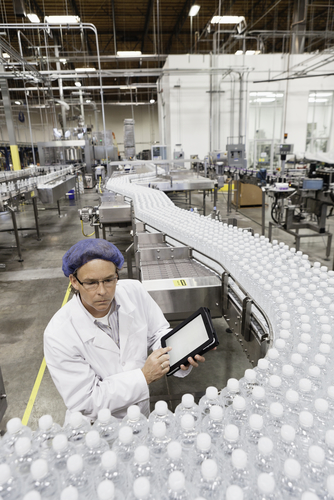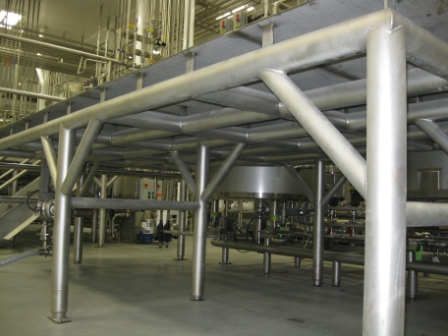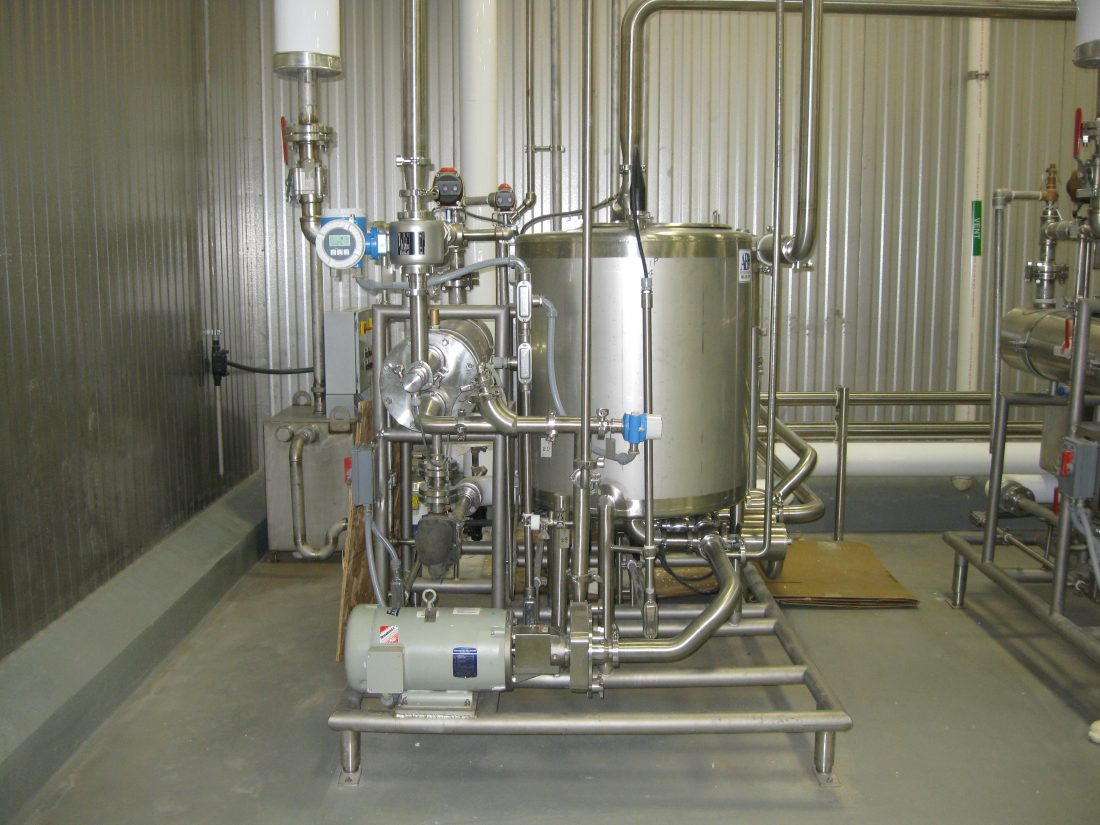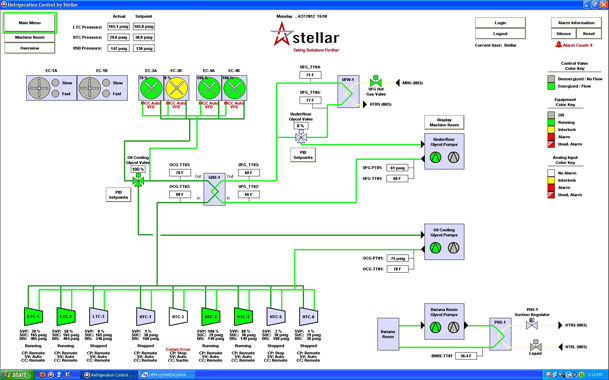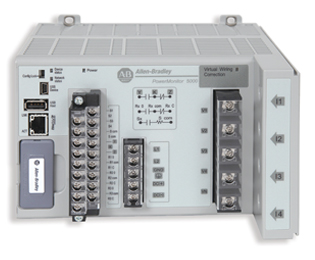Food Processing Plant Design: Designing the Most Efficient Waste-piping System
Round floor drains are becoming more common.
There are numerous factors to consider when designing a wastewater piping system for a food manufacturing plant. Where will drains be located? What types of piping materials will be used? Can the system be designed to accommodate future physical growth of the facility? Yet the most important factor of a waste-piping system is efficiency – efficiency in location, layout, materials and installation. Here’s what you need to know:
Continue Reading “Food Processing Plant Design: Designing the Most Efficient Waste-piping System”



